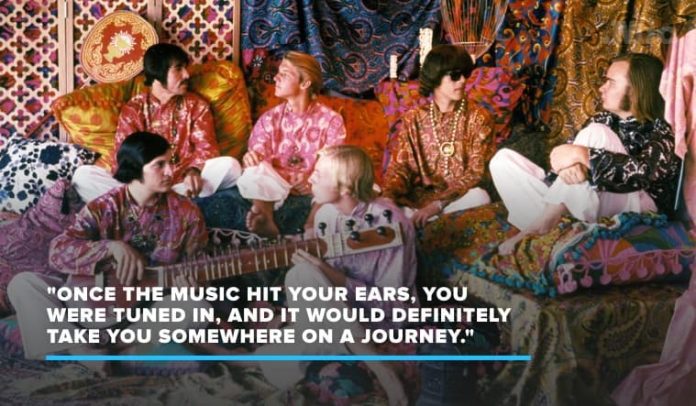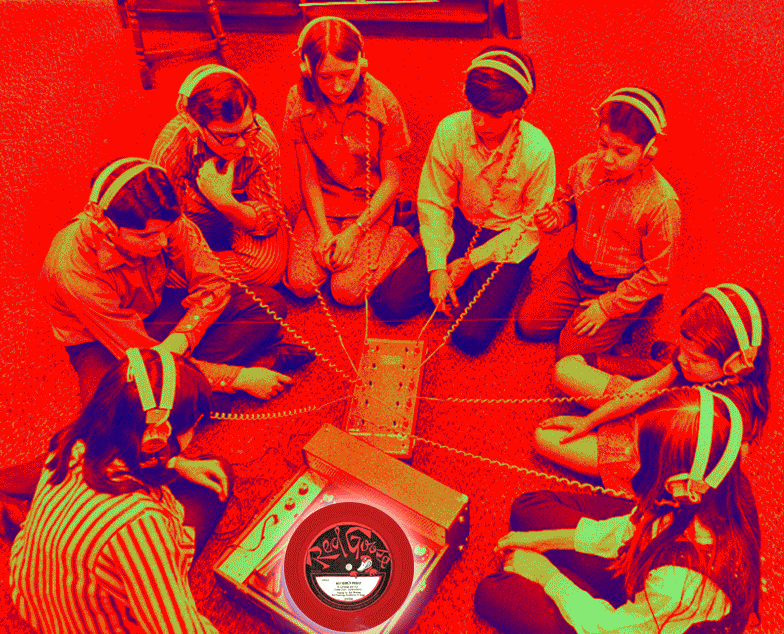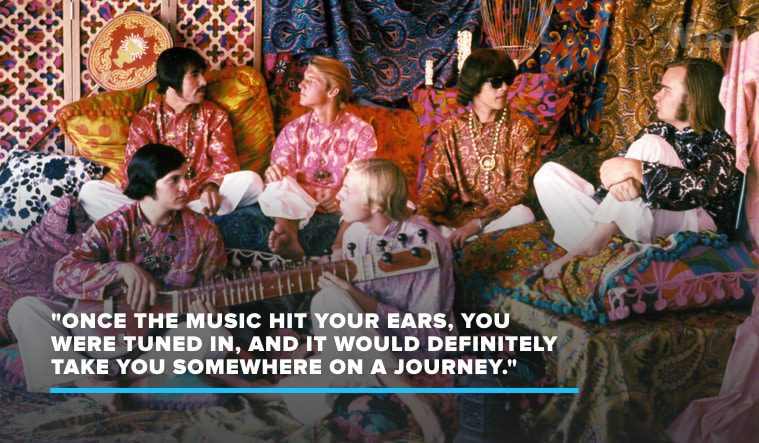People have always used drugs, especially the creative types like artists and musicians. Ancient people often combined psychedelic drugs and tribal drumming as part of religious rituals. In 1830 Hector Berlioz wrote his odyssey “Symphonie Fantastique,” sonically detailing the effects of an opium experience.
When we think of psychedelics and music, visions of the Grateful Dead, Jefferson Airplane’s tie-dyed “Volunteers” and the 13th Floor Elevators’ mind-bending beats, dance in our heads. These bands lived and died by their trips, however, none of these bands truly consecrated the long and fruitful relationship between hallucinogens and music, which has utterly transformed the art form as we know it. Acid absolutely has, but it wouldn’t have done so if it hadn’t been for two bands few think of as explicitly psychedelic projects: The Beatles and the Beach Boys, whose inaugural psychedelic masterpiece Pet Sounds turned 50 on Monday.
“The thing about psychedelic rock is you don’t necessarily associate the Beach Boys with it,” Philip Auslander, a professor in the school of literature, media and communication at the Georgia Institute of Technology, said in a phone conversation in early April. “A group like the Beach Boys — such a popular group, so successful — to start experimenting and moving in odd directions and doing things that sounded very different, I think those were what put it all on the map. I think basically that sort of opened the door — not for groups to be formed or to start to make music, but certainly to become as visible as say Jefferson Airplane or somebody like that.”
Acid inspired Pet Sounds; it shaped Sgt. Pepper’s Lonely Hearts Club Band;it’s had a presence in the music of every decade since the ’60s — from Television, to Phish, to Chance the Rapper, to Lana Del Rey, whose recent “Freak” video is little more than an extended acid trip. That delicate chemical has orchestrated the artistic decisions of years of musicians, inspired numerous innovations and shaped the way countless fans listen.
Today, science may finally be able to help us understand why music has been obsessed with LSD for so long. In April, Imperial College London released a study showing the effects of LSD in the human brain. Researchers saw how the drug’s infamous hallucinations take shape in the visual cortex and beyond, and how musical stimuli, of all things, magnify these effects by roping in portions of the brain responsible for mental imagery and memory.
Following Swiss chemist Albert Hofmann’s first synthesis in 1938, it took around 20 years for LSD to become a cultural force. But since then, it’s been directing culture from behind the scenes in ways the Illuminati wishes it could. What follows, is a retrospective of crucial moments over the past decade when LSD redirected the flow of musical progress. Tracing this course reveals just how significant Hofmann’s first Bicycle Day trip has been to understanding music and the role it plays in our everyday lives.
The ’60s: Counterculture and the conception of psychedelic rock
Mark Weitz is in the back room of his self-owned exotic fish store in Los Angeles reminiscing about LSD. “It would take the music that you’re listening to, that your brain is processing, and do something else with it,” he said in a phone conversation in April. “It might change it into colors. … Once the music hit your ears, you were tuned in, and it would definitely take you somewhere on a journey.”
Weitz knows a lot about that journey. Selling jellyfish is just his day job: He’s also the lead keyboardist in the psychedelic-rock band Strawberry Alarm Clock who released its debut LP Incense and Peppermints in 1967, fondly remembered as the Summer of Love. It’s a year he described as a time when “people took more chances, got in touch with the ethereal side of music and experimented” with drugs and music — and often a combination of the two.
LSD influenced the decade in a big way. Originally called the Warlocks, the Grateful Dead, a band that many cite as the epitome of the music-psychedelic mash-up, formed in 1965. They played their first show under their new name at one of author and countercultural figure Ken Kesey‘s many Acid Tests, during which people would, naturally, trip on acid, listen to music and try to “pass.”
The Grateful Dead was one of the generation’s unique and defining cultural moments. Wavy Gravy — born Hugh Romney and widely known as an activist, comedian and the official clown of the Grateful Dead — knows this better than most since he was there and helped orchestrate those tests.
At the Watts Acid Test in 1966, Gravy incited a warning to the Los Angeles crowd. “There were two galvanized trash cans, brand new, both filled with Kool-Aid,” Gravy said in a phone conversation in early May. “I said, ‘Listen to me: The Kool-Aid on the right is the electric Kool-Aid.'”
And the test ensued. As attendees “sucked up” the LSD-laced punch, they “joined hands and turned into jewels and light,” Gravy said. They felt alive. They felt a sense of wonder, and they felt the music.
“People would be dancing for three hours to the Grateful Dead,” he said. “The music lifted people past their mundane existence to a higher place and make their realities that they had to deal with in their daily lives much more agreeable.”
You can read full article here!


